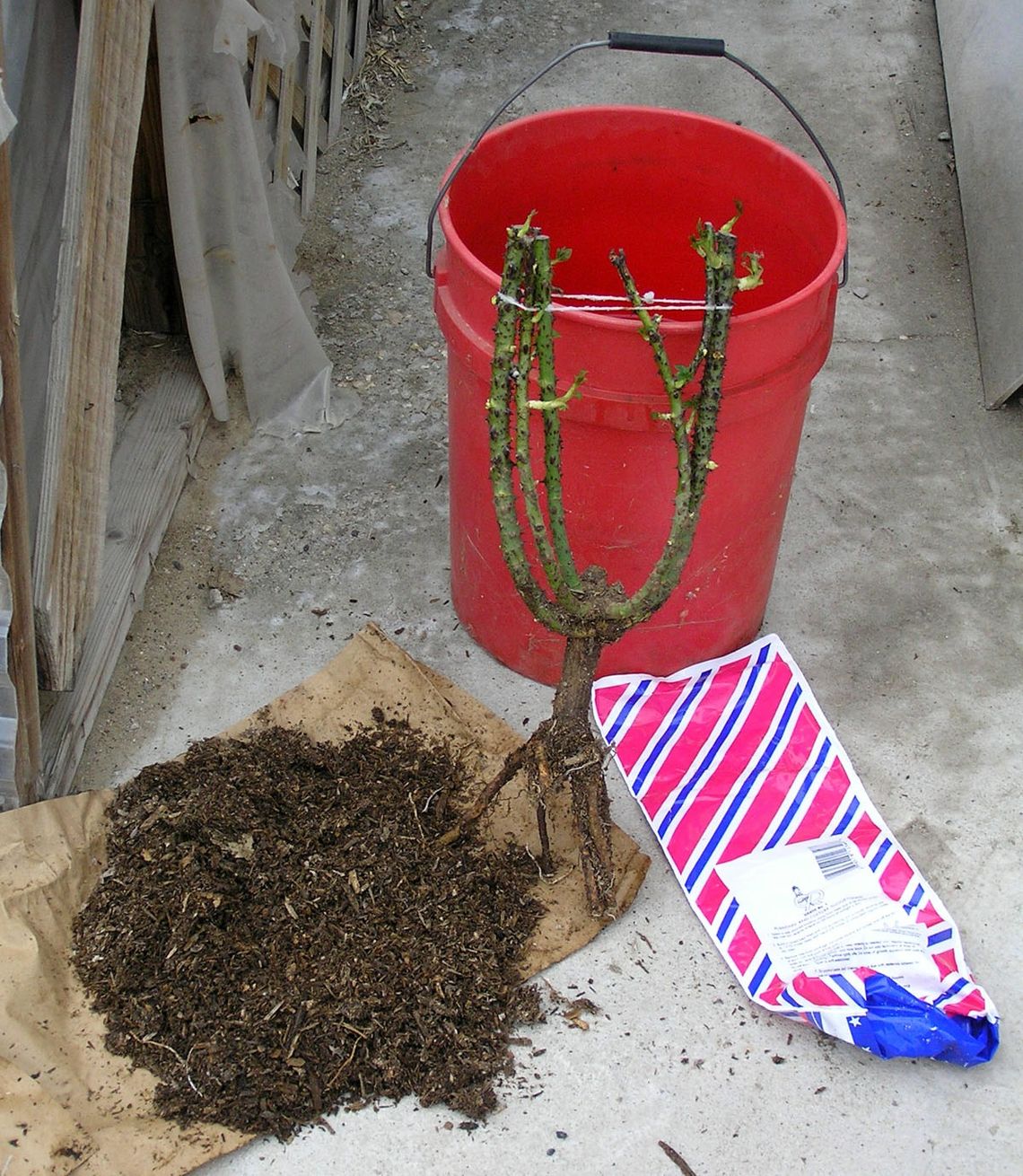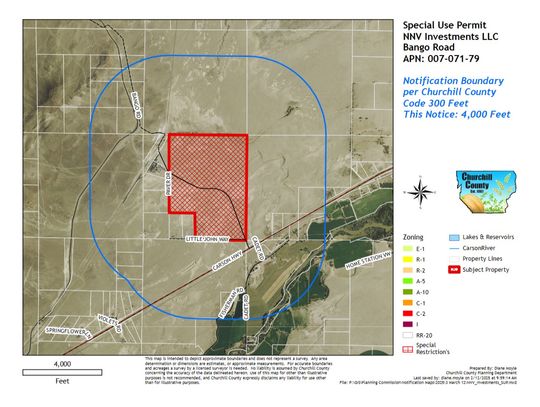Garden of Edith - Bare Root Roses
- 04/06/2019 06:17 AM (update 04/10/2023 11:09 PM)

by Edith Isidoro-Mills --
The English roses I ordered just arrived and they are looking healthy but they won't stay that way unless I treat them right. I've had good luck in the past establishing bare-root and potted roses in my garden. Successful establishment of either bare-root or potted roses is dependent on the season that is most appropriate for each. It also helps to handle properly when they arrive.
Most of the deciduous plants around Churchill County are still dormant. Bare-root nursery stock is plants harvested out of the field in the dormant stage and shipped to customers. Bare-root nursery stock is only available from January through June each year. Here in Churchill County the best time to plant bare-root nursery stock is March and April, just as leaf buds are starting to open on already established plants. Earlier the ground may not be workable and later risks the possibility that hot dry weather won’t allow the roots to establish.
If you decided to purchase bare-root stock from a mail order nursery, remember to look at the USDA zone hardiness rating and don’t buy anything that isn’t rated for at least a zone 5 or colder. Also, consider whether location where you want to plant roses is shady or sunny. Some rose varieties are better adapted to shady than other rose varieties. Whether a rose is shade tolerant or prefers full sun is usually in the plant description.
When your plants arrive, open the package as soon as possible and don’t be surprised if they don’t have any leaves on them. The reason they don’t have any leaves on them is they are dormant. Inspect them to see if there are any dry or shriveled stems which are signs of dead tissue. Moist roots and flexible smooth stems with a number of buds on the stem are signs the plants are alive and were properly cared for when packaged and transported.
After inspecting the bare-root plants for signs of life, immediately stick them in a bucket of water to rehydrate them. The water level should be enough submerge the roots but leave the base of the trunk and stems above the water level. The bare-root roses can remain in that bucket a couple of days.
To plant a bare-root plant, dig a hole deep enough to bury it up to the base of the trunk and wide enough that no roots need to be bent to fit the plant in the hole.
Stick the plant in the hole and spread the roots out without bending them. A mound of soil may be placed in the hole to help spread the roots out. Back fill the hole with soil but don’t tamp it down hard.
Water the plant immediately after planting. For the first few weeks the plant should be watered every 1 to 2 days depending on the weather conditions to keep the roots zone moist. After that gradually increase the number of days between watering until the plant is being watered the same as more established plants in the yard.
Support local, independent news – contribute to The Fallon Post, your non-profit (501c3) online news source for all things Fallon.
Never miss the local news -- read more on The Fallon Post home page.
Sign up to receive updates and the Friday File email notices.








































Comment
Comments